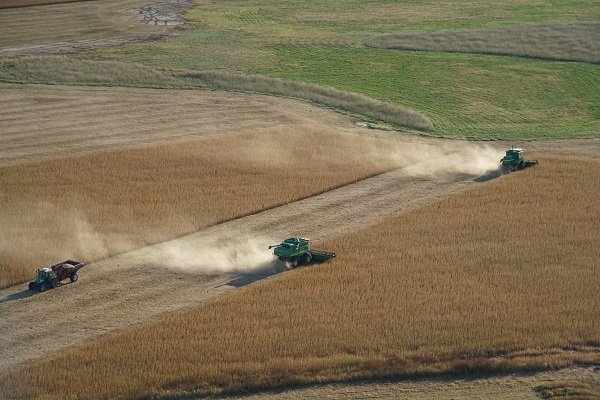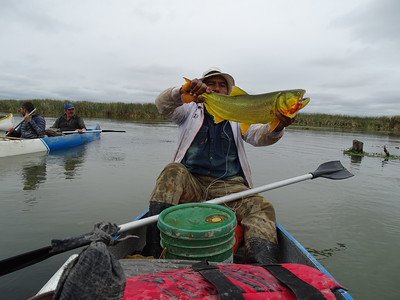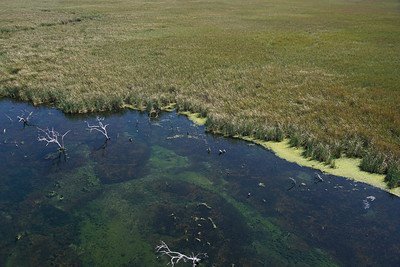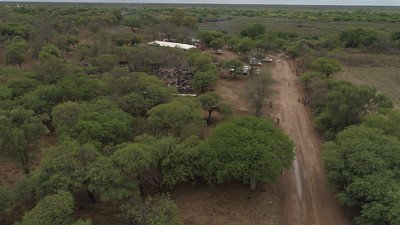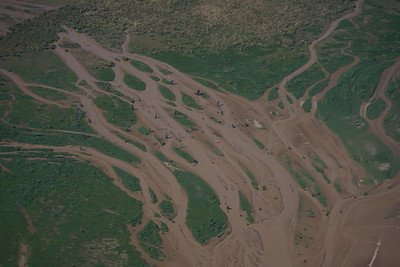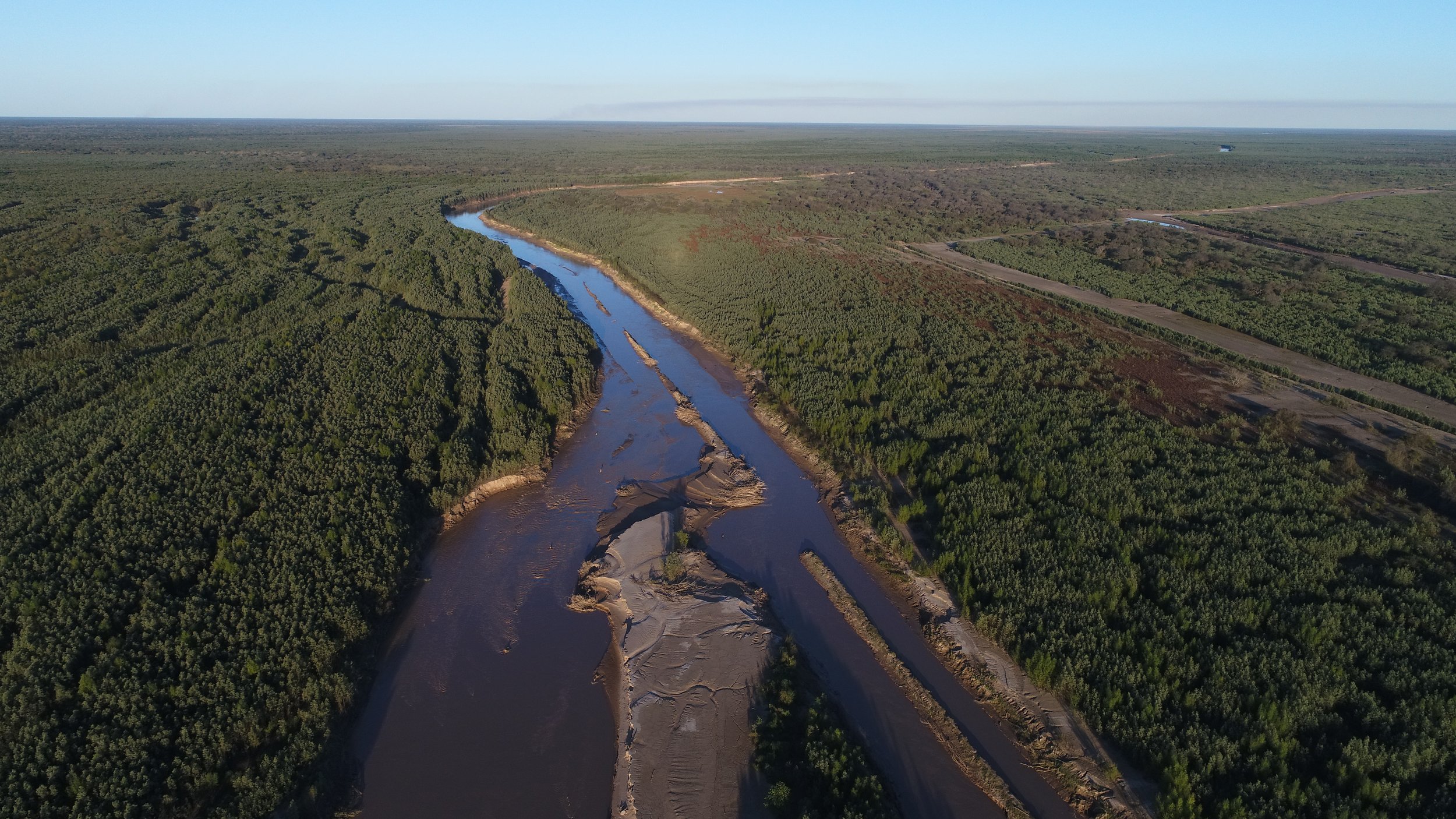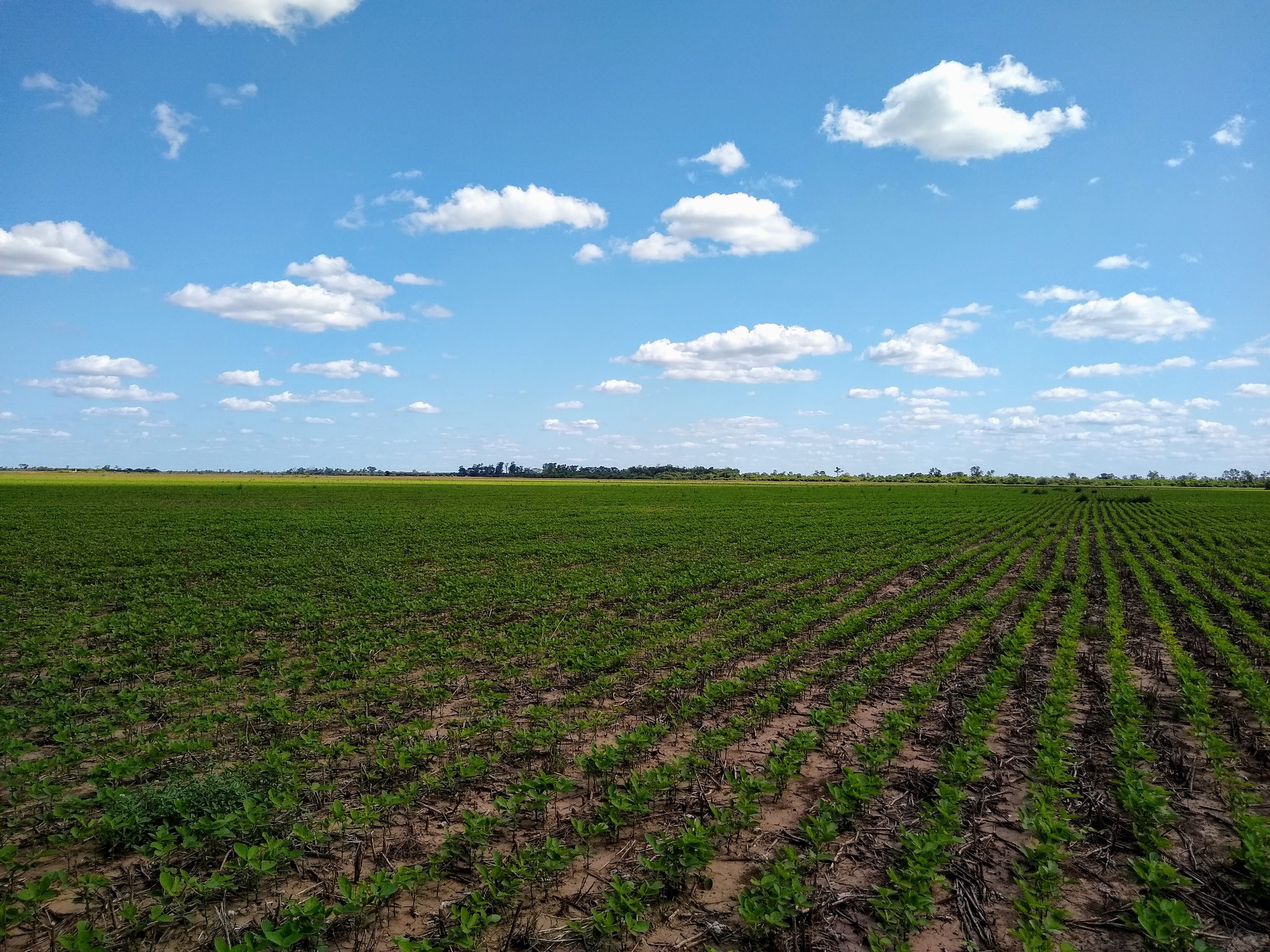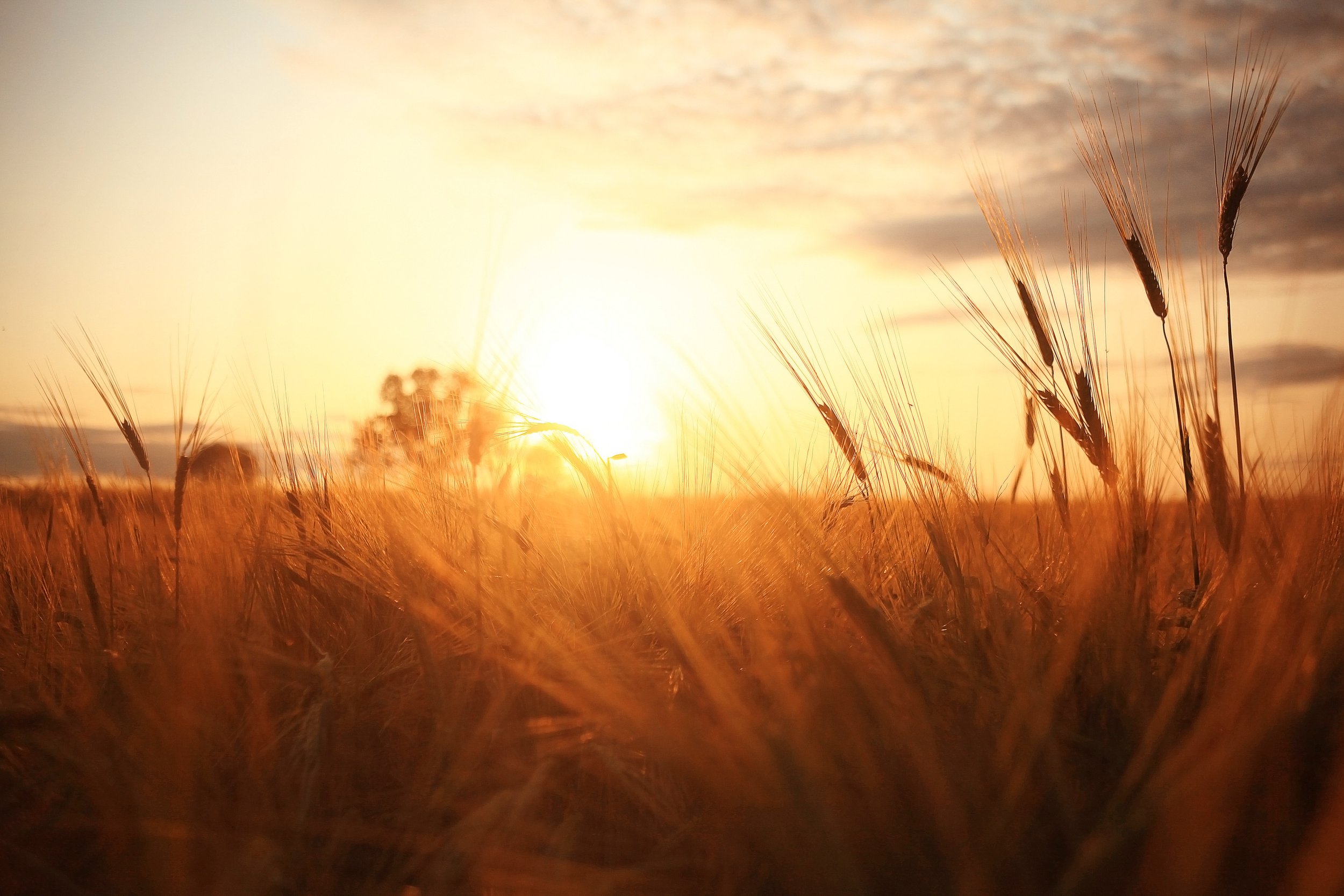Good Agricultural Practices and Carbon Capture
From theory to practice: Best agricultural practices and carbon sequestration to enhance conservation and restoration in the Gran Chaco
START
May 2022
DURATION
36 months
LOCATION
Argentina and Paraguay
STATUS
Ongoing
The Gran Chaco is one of the largest woodland regions in Latin America, but the expansion of the agricultural frontier threatens conservation of native vegetation and jeopardizes the carbon balance, with negative impacts on its environment and economy. Coordinated by the ProYungas Foundation, in partnership with the Argentine No-till Farmers’ Association (AAPRESID) and the Moisés Bertoni Foundation, the project will support the adoption of best agricultural practices and stimulate conservation and restoration of native vegetation on soy farms in the Gran Chaco biome, to mitigate climate change and enhance the value of standing forests.
The project will take place on five pilot soy farms in Argentina and Paraguay, on at least 150,000 hectares, to: 1) quantify carbon from production; 2) evaluate on-farm carbon stocks of native vegetation; 3) categorize areas as carbon emitters, carbon neutral or carbon sinks; 4) design a project to offset carbon emissions from native vegetation areas, with international accreditation and 5) develop an information platform online to ensure the projects' transparency and disseminate its outcomes.
The pilot farms will be selected with the contribution and expertise of Aapresid, in Argentina, and the Moisés Bertoni Foundation, in Paraguay, which will promote synergy between different civil society organizations and farmers. With this initiative, the partner institutions intend to stimulate responsible agricultural management of farms as a whole, contributing to carbon balance, climate change mitigation, and new business opportunities in line with growing international demands for sustainable, deforestation-free farming.
PROJECT PROGRESS:
At the end of 2022, the 5 pilot sites were selected: 3 in Argentina and 2 in Paraguay, which are productive spaces containing mixed wild areas that represent conservation opportunities. The sites are made up of 12 producers and total approximately 155,000 ha, of which 55% are productive areas and 45% are natural areas.
The project includes calculating the carbon footprint of the productive activity, measuring the carbon stock in production and wild areas through soil sampling, forest inventory and biodiversity monitoring, studies that are already underway in several pilot sites.






